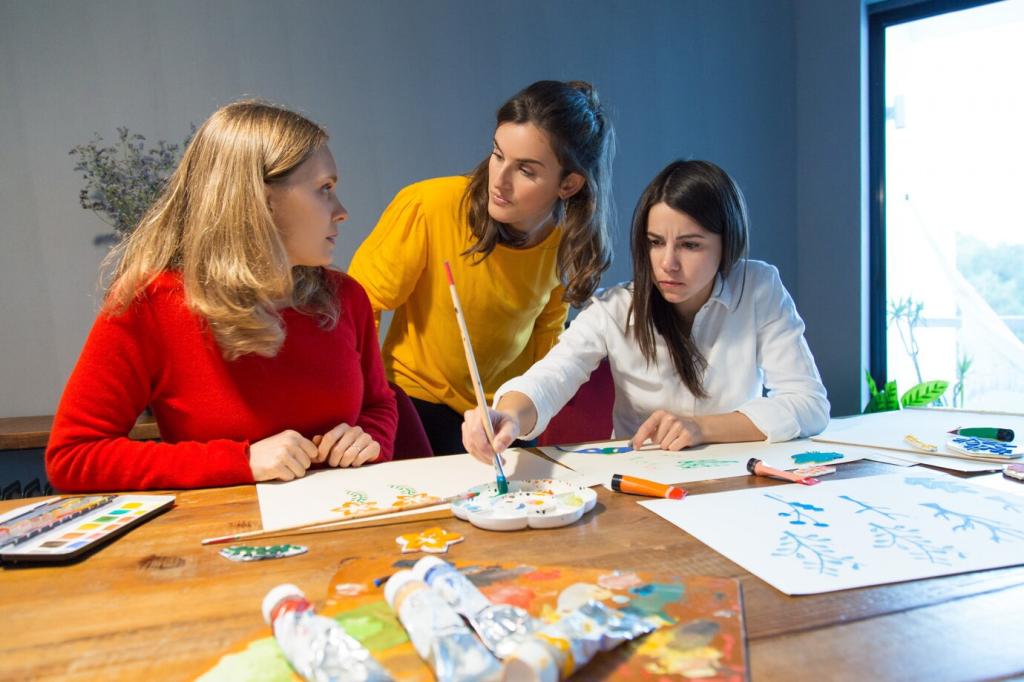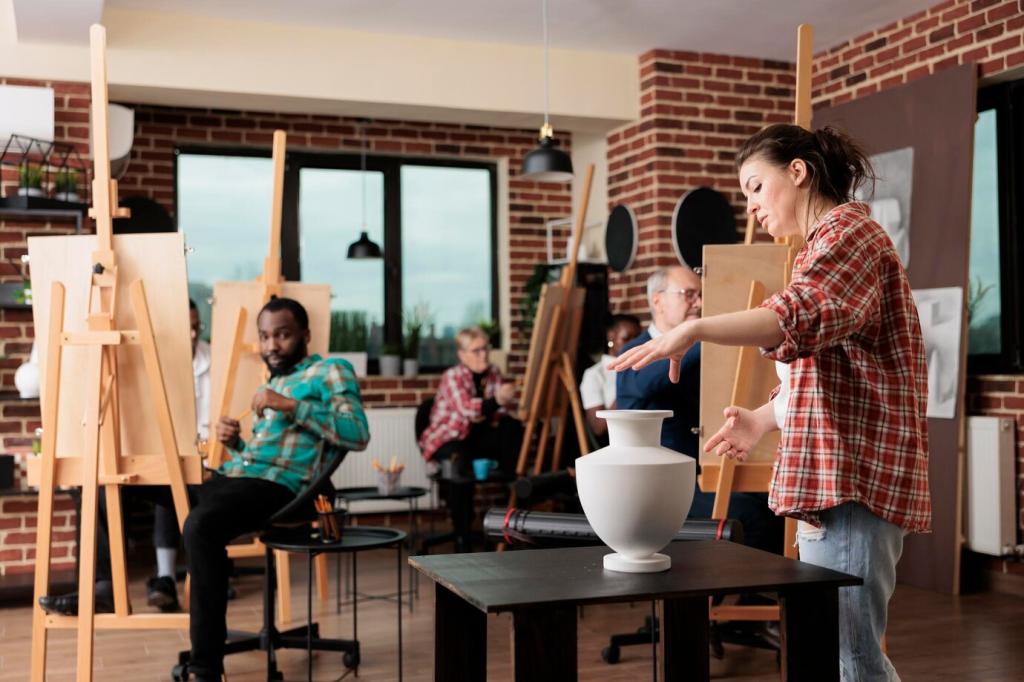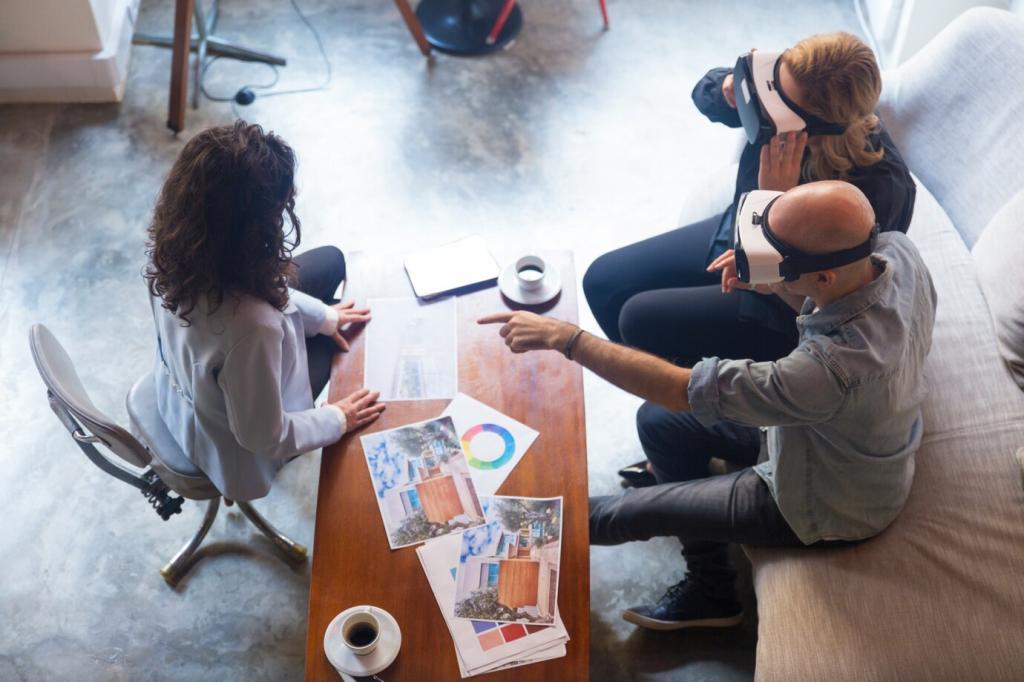Hierarchy and Focal Points
Choose a single, unmistakable focal point using scale, contrast, or placement. A nonprofit’s fundraiser flyer doubled responses after we enlarged the call to action and simplified surrounding copy. Give your primary message more visual power than anything else. Tell us which element now wins the first glance.
Hierarchy and Focal Points
Typography sets structure. Use distinct sizes, weights, and spacing to separate headlines, subheads, and body text. The eye should climb a clear ladder from biggest to smallest. A strong typographic rhythm rescues even modest visuals. Share your current type scale and what it communicates about importance.







